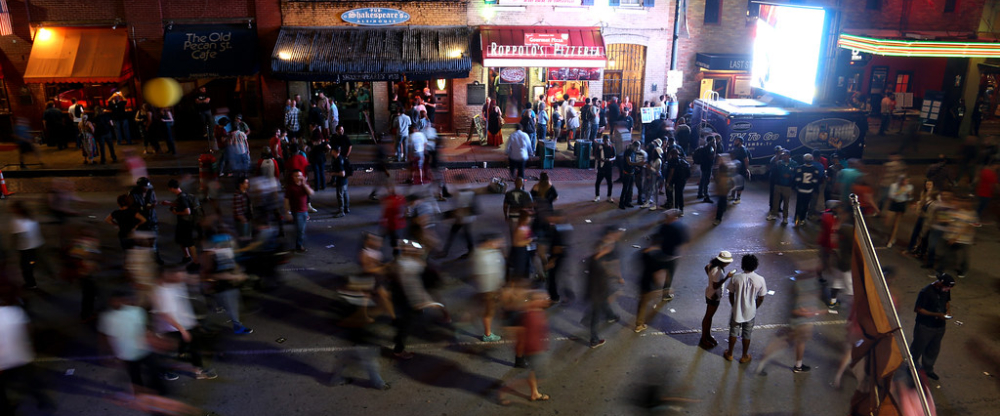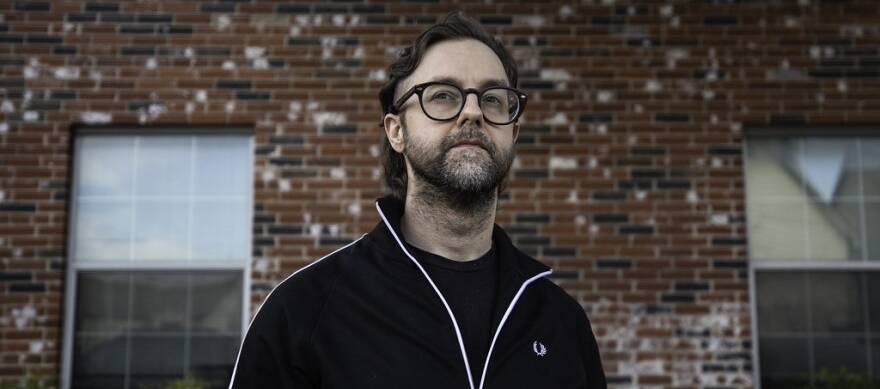Ready or not, thousands arrive in a changed Austin
By Jeff McCord
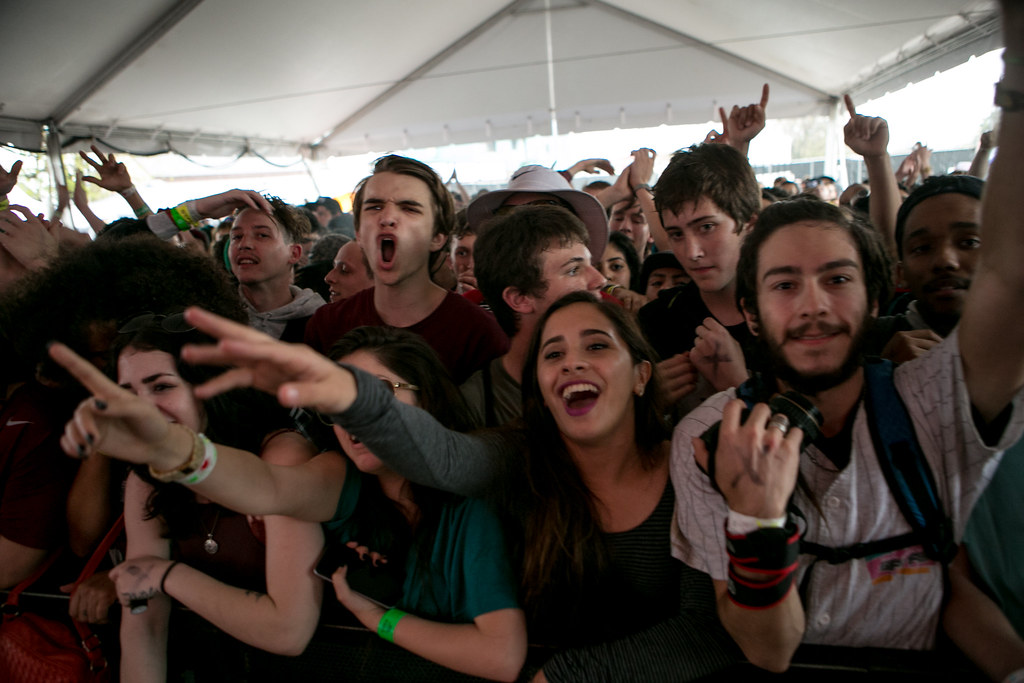
As the entertainment and restaurant industries have begun to claw out of the enormous hole dug during the pandemic, most of us have adapted and learned to have a little patience as things slow roll back to normal. Even so, out with friends at a not-that-crowded eatery a few weeks back, it seemed to be taking an extraordinary amount of time to get a small amount of food, so much so that it became a topic of discussion. “What’s going to happen during SXSW?” my wife asked. Yeah. What is going to happen?
Most everyone is happy – thrilled, in fact – that SXSW is back as a live event for the first time in three years. For those of us bored, stuck in our homes, the annual extravaganza that we had all come to take for granted, overstuffed with its attractions and talent, is finally back with us again. For venues, restaurants, and retailers, it means even more than fun. It’s their Christmas time, and for the past two years, the tree has been pretty barren.
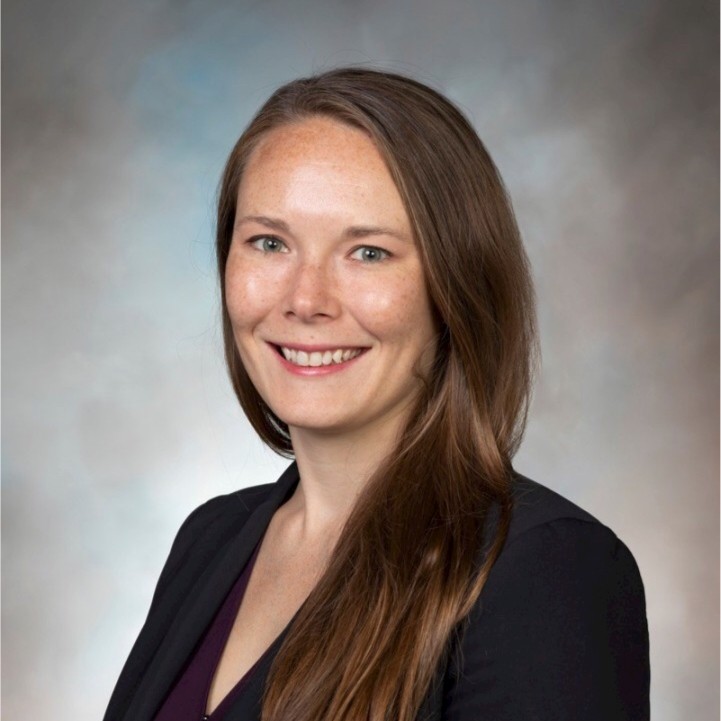
“Before COVID, [SXSW] was the Austin hospitality industry’s most profitable event,” says Kelsey Streufert, Chief Public Affairs Officer for the Texas Restaurant Association. “So on one hand, you’re incredibly grateful to have the opportunity and the revenue potential with this event. On the other hand, you know, you can’t capitalize on that if you don’t have enough employees to serve the customers that are coming.”
In the ‘great resignation’, the restaurant industry has been on the front lines. “We had a pretty significant workforce shortage before the pandemic,” Streufert explains, “And when we were required to close down, we lost about 60 percent of the workforce overnight. The data gets a little bit better, but we’re still down. I think the latest was about sixty-nine thousand jobs in the hospitality and leisure sector in Texas, about 8% of the total workforce, and we really didn’t have enough employees at the start.”
Supply chain issues for food and other supplies, along with increasing fuel prices, have exacerbated the situation. Streufert estimates 18% of Texas’ 50,000 restaurants did not survive the pandemic. She estimates 0% of Austin’s remaining restaurants can afford to sit out SXSW. But are they ready? ”It does get better every month,” she says.”We bring more employees back. Restaurants have gotten really creative in terms of offering hiring bonuses, retention bonuses, referral bonuses, you know, using their current workforce to tap into potential employees, and using a lot more technology to recruit and retain employees. All of those tools are generating some results. It’s absolutely not the number of employees we need, but it’s the best anyone’s come up with so far. And then, of course, you know, they’re thinking about how to do more with less. Streamlining their menu and, you know, looking at hours thinking about things like, do you turn off your to-go and delivery options during certain hours? It’s kind of packaging all of those things together to triage the situation as best we can. I don’t know how we’re getting through this, but I’d rather have this problem of too much demand than where we were a couple of, you know, a year and a half ago.”
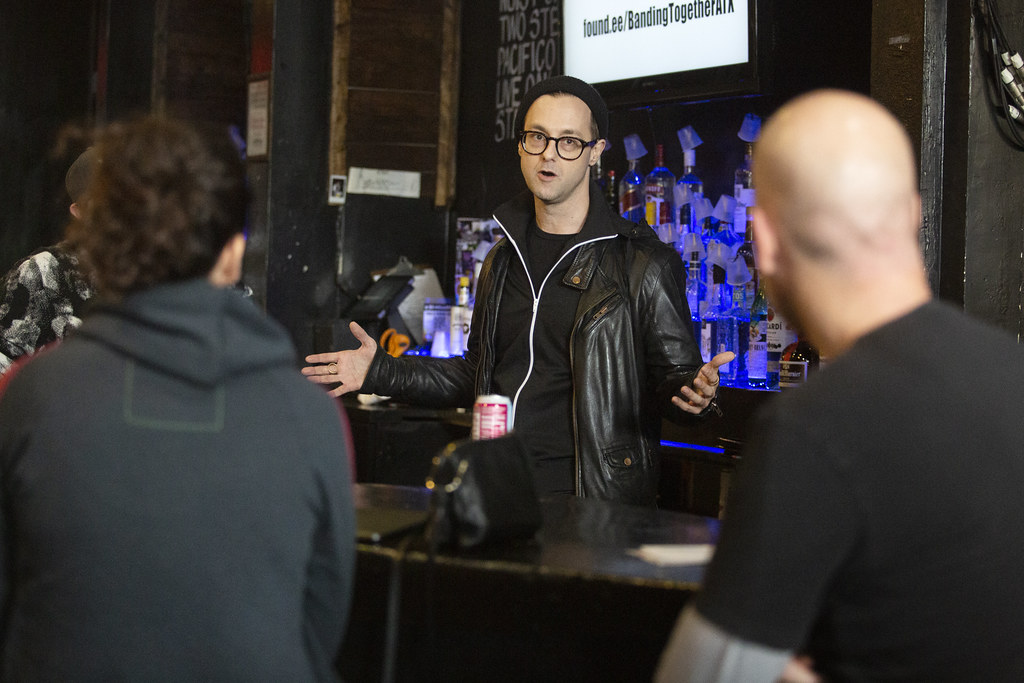
For venues where live music is their menu, the shutdown was even more precarious. Their doors are back open, but are they prepared for what’s coming? Cody Cowan says yes.
“Venues have been open since last summer and really chugging along,” says Cowan, Executive Director and founder of the Red River Cultural District, and former General Manager of the Mohawk. “So there’s been plenty of lead time between then and South By. I think the industry itself, though, is still hopping on one leg, because tours haven’t come back in their entirety, and tours are really the meat and potatoes for most venues. South By Southwest was sort of the pin for Austin that started the pandemic experience [with their abrupt cancellation in 2020], so that will be a nice end cap to a new normal that we’re trying to create at this stage of a pandemic. People are amped up, they’re excited. They’re ready for it to happen. You know, South by Southwest is sort of the Super Bowl of the music industry, so folks are looking forward to it eagerly.”
Yet venues, too, have had their share of labor issues. When they shut their doors, many were left scrambling for other work. But in many ways, working at a venue is akin to joining a carnival, and that uniqueness has been its saving grace. “Like other parts of the service sector, [venues] have had to adjust costs. I think it’s definitely increased wages across the board everywhere,” Cowan explains. “Wages for most jobs being between 10 and 15 an hour are now probably between 15 and 20. But the industry itself offers… it’s kind of like civilization. You have farmers and you have hunter-gatherers, right? So there are people who are brick and mortar workers that are more stable and expect to get X amount of shifts per week, and then you have production workers that are more like, you know, cowboys that go and ranch and work multiple places and go on tours with bands and this sort of thing. It’s a lifestyle component to the venues that’s not for everyone. It’s definitely hard. It’s like being in a band. It’s hard on family life, if that’s the path you want to take. Speaking from personal experience. But you know, it also has a lot of benefits of identity, freedom or flexibility, of being able to set one’s schedule and be in the middle of culture, art, and music.”
And like restaurants, few live music venues would even think about sitting out SXSW. They’re happy to have it back.
“Yeah, hands down,” says Cowan. “In my experience, I can account for anywhere between 15 and 50 percent of annual revenue for venues. That’s huge. Now, too, I think everyone is managing expectations. I mean, just coming back at all is just such a big deal. It’s so important psychologically and to the health of Austin in our industry. I don’t think anyone is setting up like this is going to be just like 2019, or 2013 when things were gangbusters and the wheels were really coming off. I don’t expect that sort of scenario, but I think given how slow things have been, most service sectors have recovered quicker than the music industry in terms of consumer engagement. Fundamental to the music sector is gathering in crowds. So there’s already sort of a self-selection process there that I think has been difficult in terms of getting back to proper levels that reach costs. You know, fingers crossed, we’re down to stage two if we continue on the path. Hopefully we’ve seen people creating a new normal over the past nine months and we can find a way to get into a tempo where people figure out what works for them inside of whatever new variant or new thing is going to be happening down the line.”
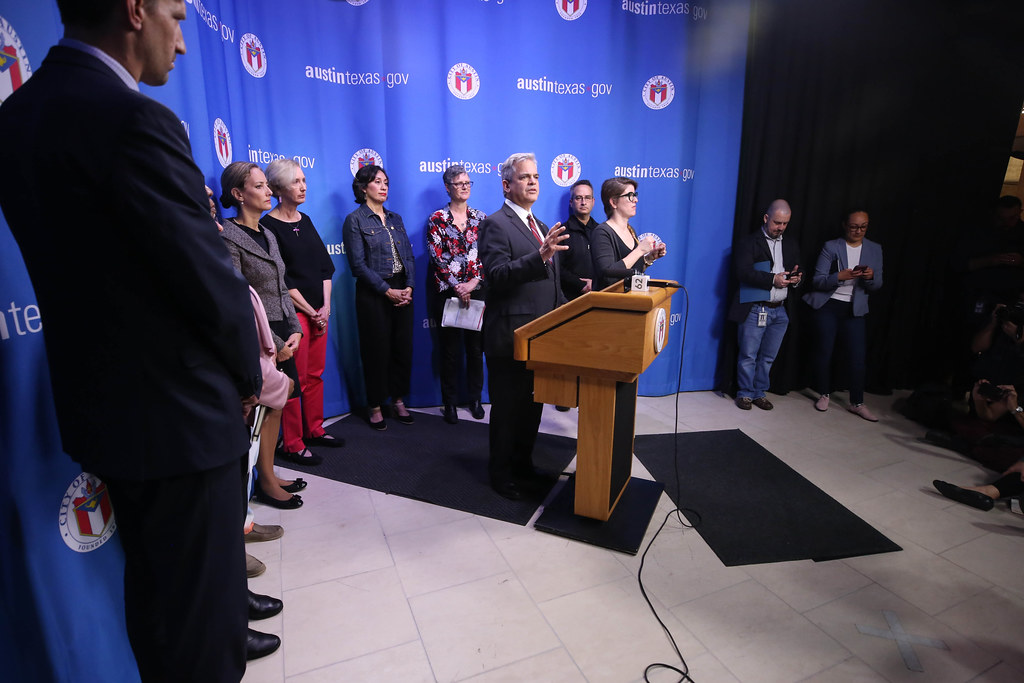
For SXSW itself, after two years of terrible timing, things are finally looking up, COVID-wise. SXSW was the tip of the spear in 2020 as COVID rolled in and the mayor issued his eleventh-hour cancellation, and 2021 wasn’t nearly enough of an improvement for a live event. Omicron made 2022 an iffy proposition just months ago, but levels have now dropped to Stage 2. Austin Public Health didn’t respond to my request for an interview, other than to point me to a recent press conference where they continued to emphasize masking in large crowds. And SXSW isn’t necessarily thrilled about the new, lower Stage 2 requirements, either. There’s a risk it will make things laxer, at exactly the wrong time. They are requiring vaccination proof or negative tests within 72 hours of all registrants, emphasizing masking and requiring all their crew to mask up indoors at the convention center. “We planned for this event in Stage 5,” says SXSW Chief Culture Officer Autumn Amescua. “That’s where most of the country and world were over the last couple of months.” But beyond the walls of the convention center, it could be another story.
As COVID numbers have dropped nationwide, the enthusiasm to get out and have fun has inversely multiplied.
And the fact that SXSW is back at all is almost herculean. The 2020 cancellation was devastating to the planners, who laid off over anywhere from ⅓ to ½ of their full and part-time staff (full disclosure- I was one of them), and SXSW brought in Penske Media as 50% owners to shore up their financial losses. 2021 proved to be a very difficult (though largely successful) pivot to an online event, but it did little to offset losses. And in 2022, with registrations down around 25%, many returning are using their deferred 2020 registrations (no refunds were given), so the bottom line is still a question mark.

But in terms of talent and speakers, there’s no doubt SXSW is back. Though a noticeably smaller event, 1300-1400 acts after years of over 2000, that might prove conducive to the festival’s early days when you could more easily club-hop. There’s no Rachel Ray, no Fader Fort, with fewer venues, there’s slightly less to manage. While in the past, SXSW organizers have always worked to get big-name speakers to also perform, several of them this year (Lizzo, Beck, etc.) are not. But the array of choices is still mind-blowing, and the free Auditorium Shores shows are back, as are many of the (non-SXSW) shows populating South Congress.
And this is only for music end of things, the Film and (much larger) Interactive events kicked off March 11th.
All of this was planned with a leaner SXSW team. SXSW’s Amescua says SXSW has not been immune to labor shortages as they begin to rebuild their staff. “Recruiting for positions has definitely been more challenging. Positions that would have previously yielded 50-100 applicants brought in 20-40 applicants.” Nonetheless, they have hired enough staff, at least temporarily (SXSW employs many seasonal workers) to get close to 2020 levels.
Aside from the usual patience required of non-SXSW locals navigating downtown street closures, there’s the all-important crowd control aspects during the music festival. It takes many workers to maintain crowd control and safety on the streets during SXSW Music, and SXSW has always worked closely in tandem with city planners and the police. Cowan confirms there have already been numerous safety meetings between Red River venues and the Austin Police and SXSW.
Other things have been slower to solidify, though.
“We still today don’t have a lot of announcements for venues citywide,” says Cowan, “Never mind in the [Red River] district and particularly day parties. So things are kind of coming together in the 11th hour. And I think that rightly makes folks and the industry nervous. It’s happening, it’s just not happening as buttoned-up as previous years.”
Ready or not, thousands from all over the world are on their way or are already here for SXSW 2022. They’re arriving in a changed Austin. Three years is a long time. A lot of the musical memory has faded, and a significant number of attendees to SXSW each year are newbies, anyway.
It’s kind of like rolling your dad’s old car out of the garage after three years in mothballs. Is it going to start? Will it get you where you need to go? You’re not quite sure what to expect.
“You know,” says Cowan, “South By is hosting the party and part of it is babysitting and making sure all the guests are taken care of. People on vacation and people out at festivals tend to have left their heads at home. They’re like, riding bikes into traffic down the wrong way. It definitely triggers me to think, Oh boy, we just had such a brutal two years, and it seems like everyone is in such an odd place in their heads and in their hearts. I just hope everyone can be evenhanded, even-keeled about how they approach each other doing this out there on the street. And that just everyone is a little more gentle with one another on both sides of the bar than in previous years.”
We’re all starting up again. If you’ve just arrived or are on the way, expect some inevitable rough patches. Celebrate that SXSW has returned, But realize that all is not like it was, and that common sense, safety and patience are key requirements of making this a successful event. In the words of a previous SXSW Keynote, all it takes is a little peace, love and understanding.
